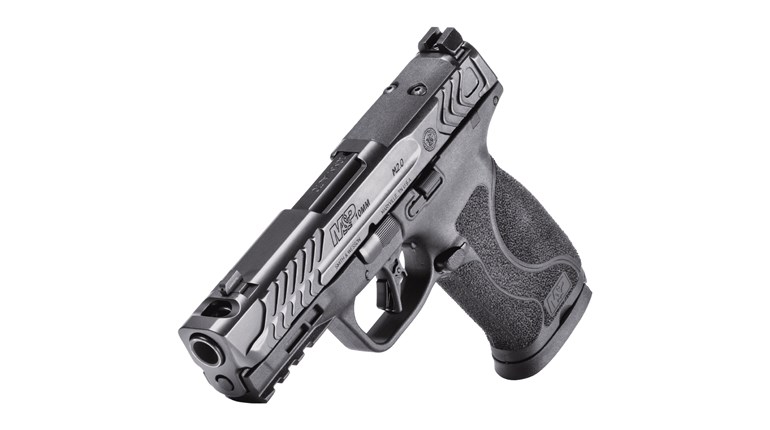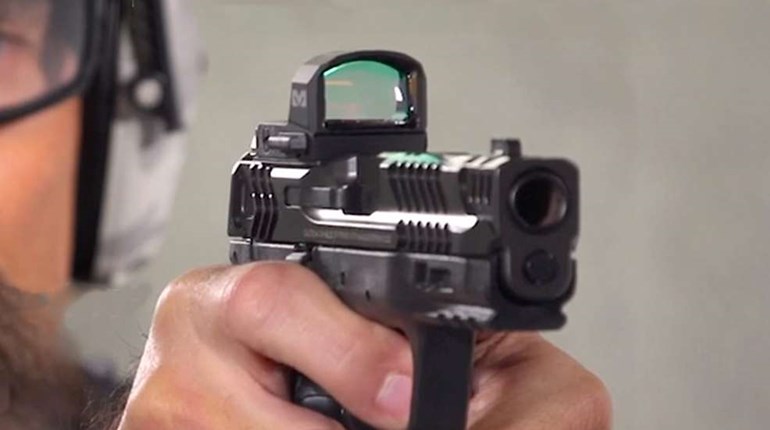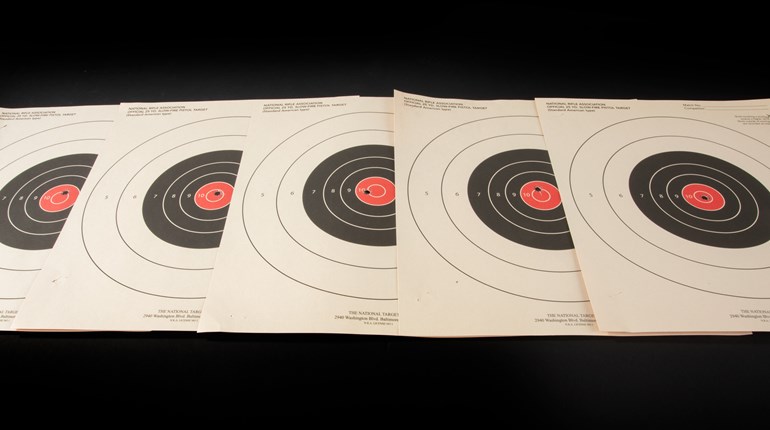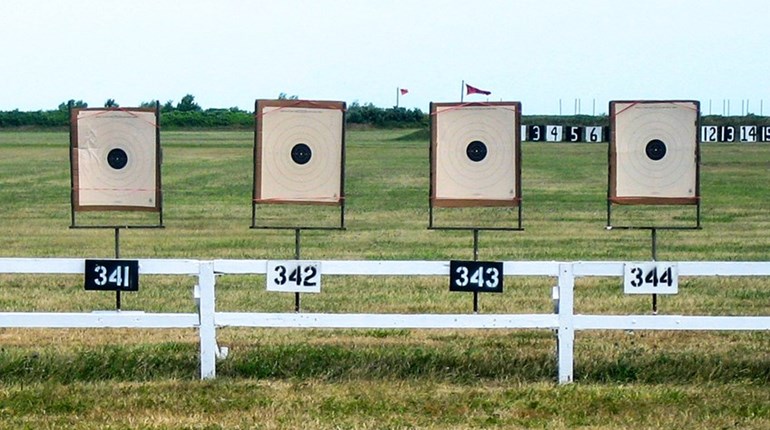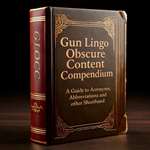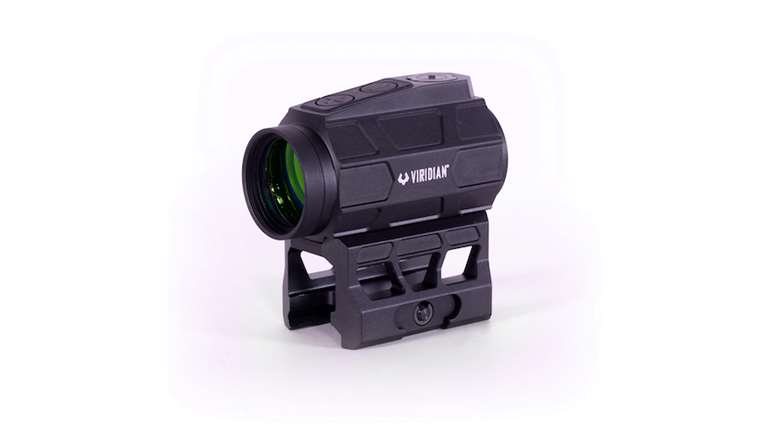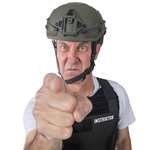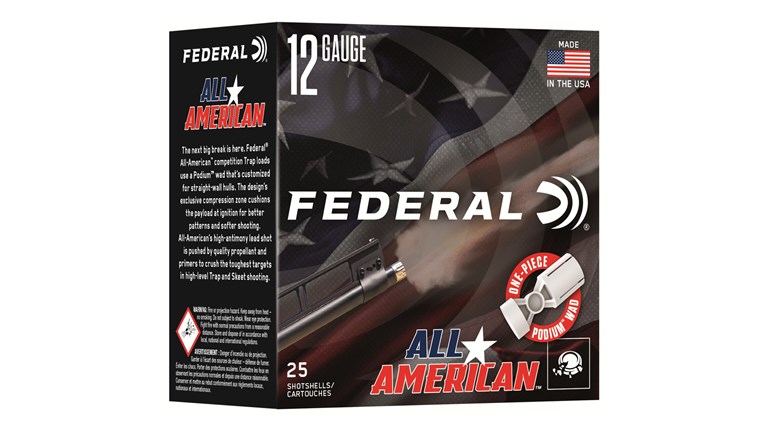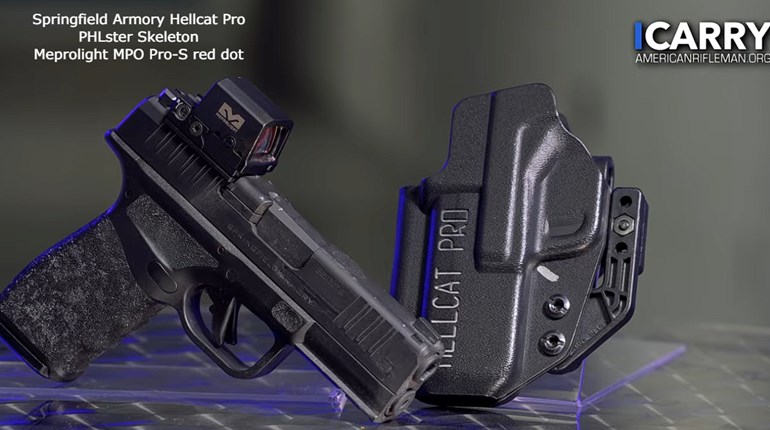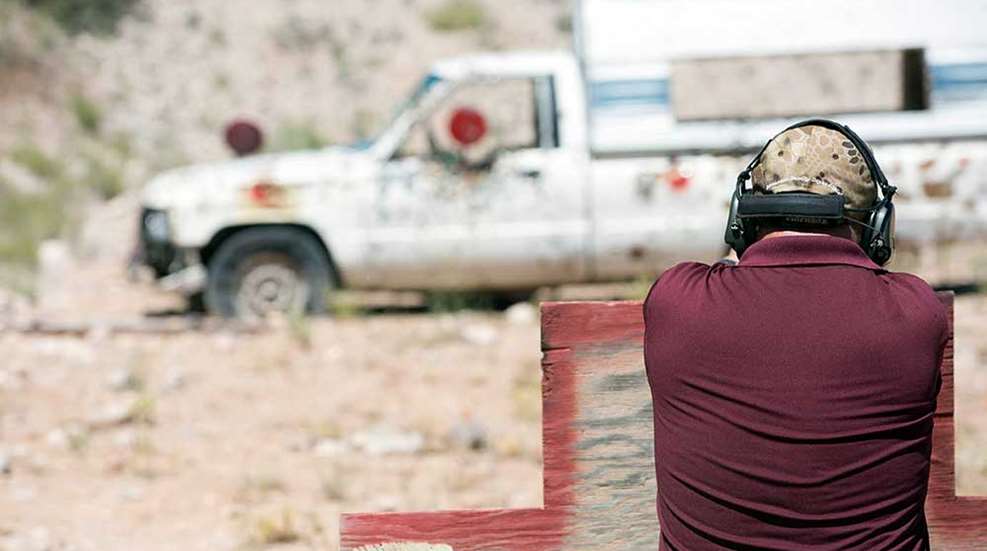
Feature photo courtesy of Straight 8 Photography.
The late John Wootters, one of the most famous outdoor writers of his time, once told me “When you shoot a firearm, that bullet is an extension of your will." In other words, when a shooter sees a target, aims and fires, the bullet can be seen as an extension of that person, striking the target at the behest of the shooter.
I’ve always been fascinated by this estimation, and have thought about it virtually every time I discharge a firearm. Over the years since John made that statement, I’ve often found myself, at any given time, seeking out potential targets at various distances, even when I don’t have a gun. Generally this applies to rocks, tree stumps and fence posts, but I feel it’s good practice for when I do have a firearm and a safe place to shoot. In practicing shooting at various ranges, I’ve established that, while limited, many handguns and calibers are quite capable of being accurate at long ranges not considered practical by most handgunners.
I don’t quite recall the first time I was truly impressed with a long-range handgun shot. I’d seen a few growing up. I do recall that my New Mexico State Police Academy class was awed by a handgun instructor at one of our training facilities one morning. He was packing a Colt Government Model .45 ACP. He demonstrated that the handgun wasn’t necessarily a short-range firearm. He turned, drew the .45 and fired at a steel plate at more than 100 yards, ringing it every time. Upon seeing that, I was hooked.
I began practicing quite a bit shooting long range and found that it wasn’t all that difficult to attain reasonable proficiency. The key is having an accurate handgun chambered in a relatively powerful, preferably flat-shooting cartridge. Good sights are a must, along with a decent trigger pull. The sights, I believe, are the most important element for effective distance shooting, preferably adjustable ones. I’ve had most success shooting at long ranges with sights set up with a narrow front-sight blade. This is because when shooting at distances of more than 100 yards, a thicker front sight seems, well, thicker. It is imperative at these distances to have light on each side of the front sight blade when aligning with the rear sight.
With a handgun sighted in at 25 yards, regardless of caliber, the bullet will clearly be dropping quickly, especially as it passes the 100-yard mark. If the shooter is firing, say, a .44 Mag., the drop will be approximately 6 inches or so, depending on the load. This would require a holdover of approximately 1/16 to 1/8 inches in the sight picture. This will obviously vary from gun to gun, caliber to caliber, load to load. At 300 yards, a full 1/4 inch of holdover will likely be necessary.
On the subject of holdover, it’s important to note that this doesn’t mean aligning the sights normally and holding over the target. Rather, the top of the front sight blade should be above the top of the rear sight blade in the approximate increments I previously mentioned. The target should be on top of the front sight blade.
The basics of handgun handling are in play no more seriously than when firing at long distances. Proper grip, sight alignment, trigger squeeze and breathing are all imperative components of successful long-range shooting. This is particularly so regarding trigger squeeze. All handgunners know how far a flinch will throw a shot at 25 yards. This is obviously compounded at farther distances. This is why a lighter trigger is recommended for this type of shooting.
Whether a novice or expert at long-range handgun shooting, it’s always a good idea to take a practice shot or two at the target to establish the correct hold. The idea is simple: Just look for the dust kicking up around the target and make the proper adjustment. If the shot is low, a little more front sight, and so on. Beginners would do well to start closer to the target and work their way up to taking long-range shots, building their handgunning skills while doing so.
Don’t be afraid to experiment at long ranges with whatever handgun is available, if you have interest. Not long ago, I was attending a Ruger seminar in the Texas Hill country. Among other Rugers, we were shooting the new MK IV .22-LR pistol. My colleagues and I started shooting at a steel plate at more than 150 yards. Offhand, we were doing well, and the hits on the steel, even with the .22 LR, were satisfying, and fun, too.
Long-range shots with a handgun are nothing to fear. If a shooter is proficient with a handgun at 100 yards, think of the improved accuracy at 25 yards. As always, it’s vital to find a safe place for such activities. After that, have fun.












